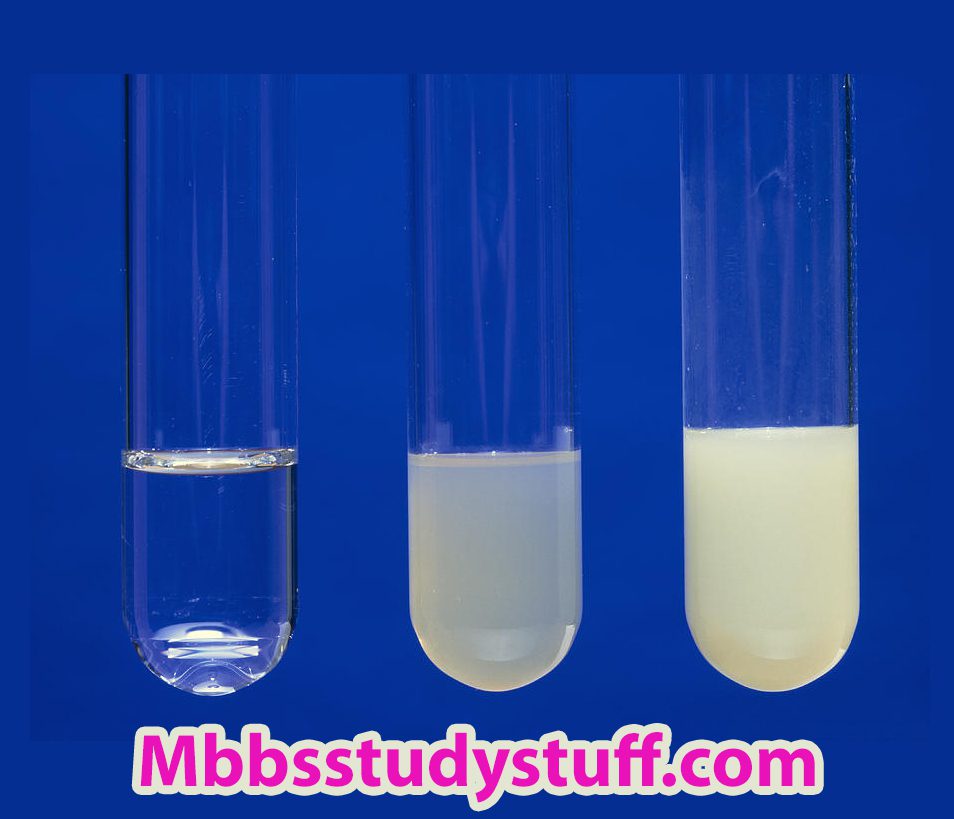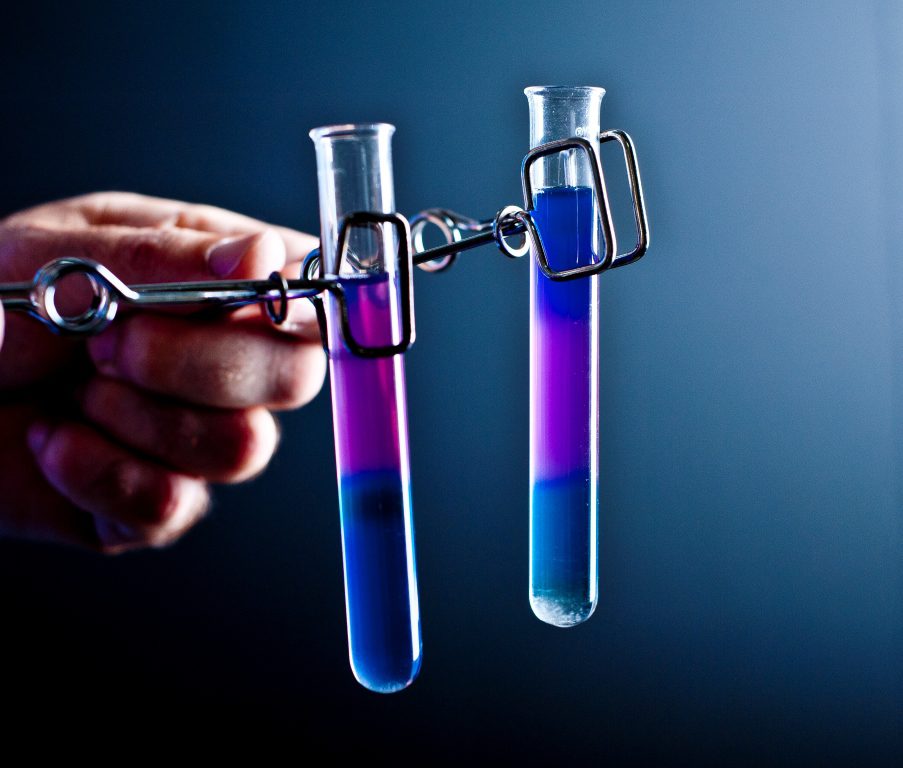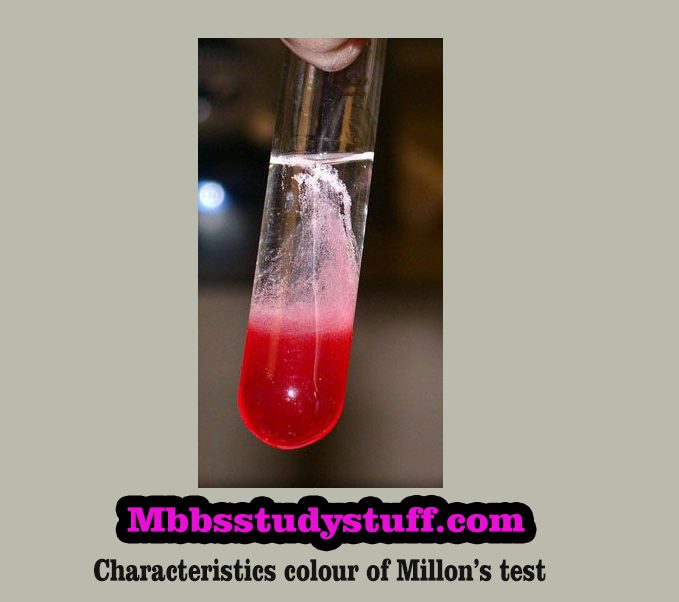Heat Coagulation test for protein:
Significance:
Heat Coagulation test for protein is used to differentiate between albumin, globulin, gelatin and peptones.
REAGENTS:
2% acetic acid.
PRINCIPLE:
When protein is heated in acidic medium, it becomes denatured because of the breaking of certain bonds, and when this protein is heated at their isoelectric ph, polypeptide chain becomes uncoiled and become melted together to form insoluble masses which is known as coagulum.
PROCEDURE:
- Fill 2/3 of the test tube with an original solution.
- Add few drops of 2% acetic acid in it.
- Heat the upper portion of the test tube up to boiling.
Observation:
The thick white coagulum is formed at the upper part of the test tube.
Interference:
Albumin and globulin is present
NOTE:
Albumins, globulins and other proteins on heating undergo coagulation whereas gelatin, peptones, and peptides do not coagulate on heating.
Precautions:
- Wash the apparatus before and after performing experiments.
- Carefully handle all the chemicals during the experiment.








Super work…this site was very useful to do my lab report……💗👍👍👍